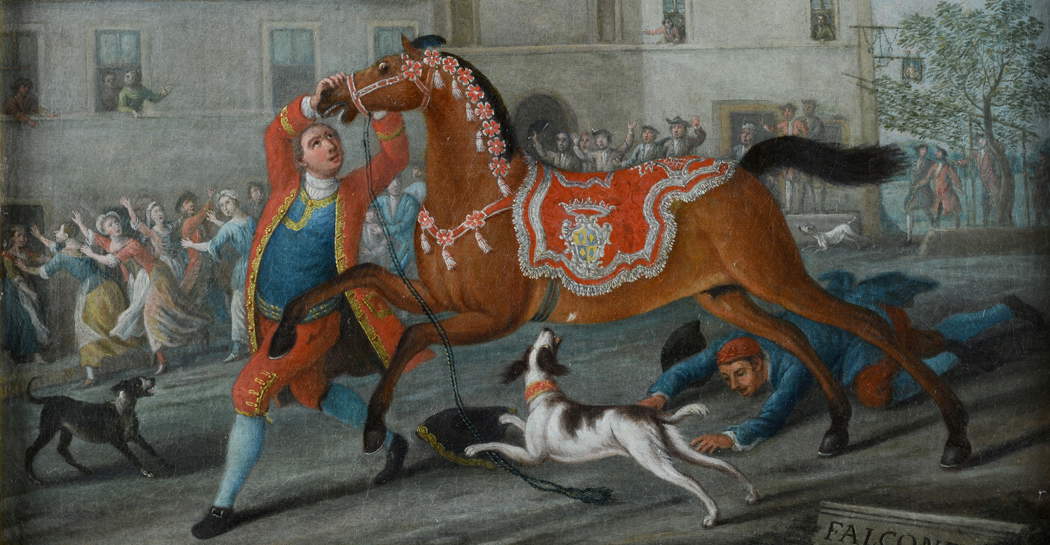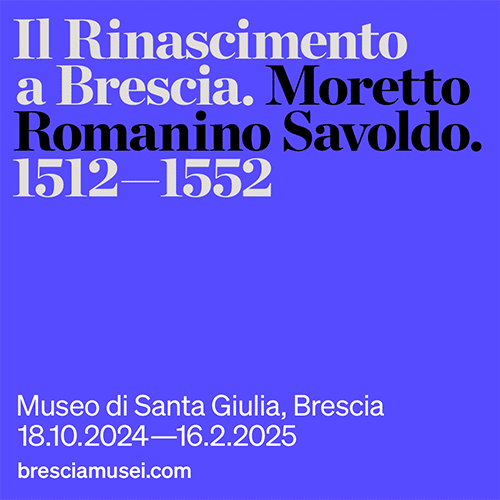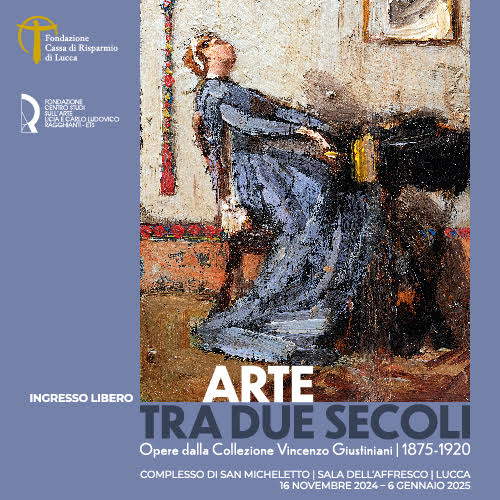An exhibition at the Pietro Canonica Museum displays portraits of Camillo Rospigliosi's horses
For the 2024 edition of the traditional Piazza di Siena Horse Competition organized by FISE and Sport and Health, the Pietro Canonica Museum at Villa Borghese is hosting the exhibition "This is Aquilino son of the wind. Portraits of the Rospigliosi Horses from the Capitoline Collections, consisting of a series of canvases by German painter Johan Reder (Rome, 1692 - 1764), joined by a painting by Paolo Monaldi (Rome, 1710 - 1779), depicting the famous horses of prince and collector Camillo Rospigliosi (Rome, 1714 - 1753). The exhibition is promoted by Roma Capitale - Sovrintendenza Capitolina ai Beni Culturali, in collaboration with Sport e Salute S.p.A. and FISE (Federazione Italiana Sport Equestri) and is curated by Sandro Santolini. Zètema Progetto Cultura museum services.
The exhibition consists of 12 paintings on canvas, most of them embellished by the original 18th-century frames, plus a print on parchment and a print on paper, with texts and verses written in honor of the horse Aquilino. Camillo Rospigliosi had painters Johan Reder and Paolo Monaldi portray his beloved horses and, in particular, the champion Aquilino, for whom he himself composed pompous verses documenting the prince’s passion for horseracing and specific predilection for his horse.
With a view to enhancing the value of the works in the Capitoline collections and their dissemination and knowledge to a wider public, the selected nucleus of paintings is of particular interest both because of the scope of the exhibition itself, the well-known Piazza di Siena Horse Competition, and because of the specificity of the subject matter and the personal story of the original collector.
The exhibition is also intended to celebrate what is generally defined as the “culture of the horse,” offering an opportunity to appreciate little-known works, more than 20 years after their first exhibition, which constitute a unique body of work. The undisputed protagonists are thus Prince Rospigliosi’s beloved horses, splendid specimens of horse breeds with noble genealogies, bred on his estates at Campo Salino in Maccarese and Zagarolo.
His mares Gelsomina, Capriola and Polledruccia, or steeds Bicchierino, Leggiadro and Brigliadoro, were thus immortalized in Reder’s portraits with the favorite, Aquilino, “son of the wind,” in the foreground.
The Piazza di Siena Horse Show represents a unique model of a sporting event, described by the press as an “example of sports ’patronage’.” In addition to ensuring the year-round maintenance of the horizontal greenery of the Piazza di Siena area - and ’twinning’ with important art exhibitions in the museums of the Villa Borghese area - in recent years it has given rise - among others - to the restoration of a number of monumental and architectural ’gems’ in the vicinity of the historic Oval (brought back to its origins with the restoration of the turf). We also owe to the Competition the work of pruning, care and reclamation of the ground of the extraordinary Valley of the Platani, home of the eleven centuries-old trees that Cardinal Scipione Caffarelli Borghese - who began the construction of Villa Borghese - had planted in the early 1600s and romantically defined as ’Sentinels of Rome’s eternity. A Sport Competition, then, but strongly oriented toward art, culture and the preservation of biodiversity.
Johan Reder, son and pupil of the established battler Christian Reder, active in Rome, who introduced him to the Rospigliosi family, Johan was also a discreet painter devoted to the genre of landscape painting. The works presented in the exhibition can be juxtaposed stylistically with the artist’s autograph paintings at the Pallavicini Gallery in Rome, depicting a Gita in campagna’ and a Riposo durante la caccia, made famous by Federico Zeri, or with others already in private collections, in which Reder enlivens the vast landscapes with characters and animals in ways that are utterly peculiar to him. Colorful scenes, full of life, at times somewhat naïve, that made him a protagonist of “landscape painting with figures” in the first half of the 18th century, reaching the apex of his career with the famous painting dedicated to the Feast of Prince Rospigliosi at the Villa della Magliana, also in the Museum of Rome.
Paolo Monaldi, a pupil of vedutista Paolo Anesi with whom he collaborated by painting figures in his Roman views and particularly in the decoration of Villa Chigi. His genre scenes, very close to the style of the late seventeenth-century bamboozlers, were particularly appreciated by the Roman patrician families and in particular by the Rospigliosi, for whom he painted several canvases including one of the portraits of the horse Aquilino on display in the exhibition.
For all information, you can visit the Museo Canonica’s official website.
 |
| An exhibition at the Pietro Canonica Museum displays portraits of Camillo Rospigliosi's horses |
Warning: the translation into English of the original Italian article was created using automatic tools. We undertake to review all articles, but we do not guarantee the total absence of inaccuracies in the translation due to the program. You can find the original by clicking on the ITA button. If you find any mistake,please contact us.






























